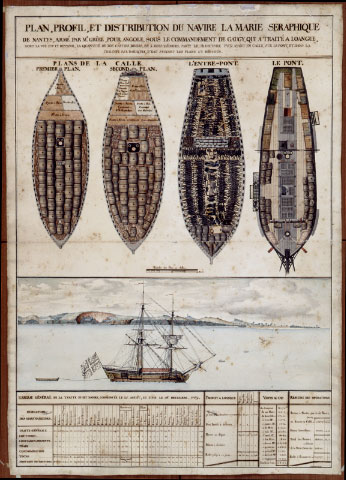Cap-Français

Cap-Français (also known as Le Cap and later Cap-Haitien) was an important commercial and cultural center in French colonial Saint-Domingue and the independent nation of Haiti that succeeded it. Cap-Français lay on the northern coast of French Saint-Domingue near where Christopher Columbus established the first European New World settlement.
Le Cap rose to prominence in part because it was more accessible to transatlantic traffic than other major cities to the west and south. In addition, planters found the plains surrounding le Cap to be particularly well suited for agricultural production, which helped to make the city large, wealthy, and cosmopolitan. The province surrounding the city was home to more than 170,000 people in 1789; the overwhelming majority of whom were enslaved workers on sugar, indigo, or coffee plantations.
The northern plains surrounding Cap-Français were the seedbed for popular slave uprising during the Haitian Revolution. In August 1791, rebels began their assault on the plantation complex, burning buildings and factories. Within a few weeks, rebel forces grew in excess of ten thousand, forcing many whites to seek refuge in le Cap. Cap-Français was the site of important conflicts for several years as rebel and imperial forces battled for control of the city and the revolution.






